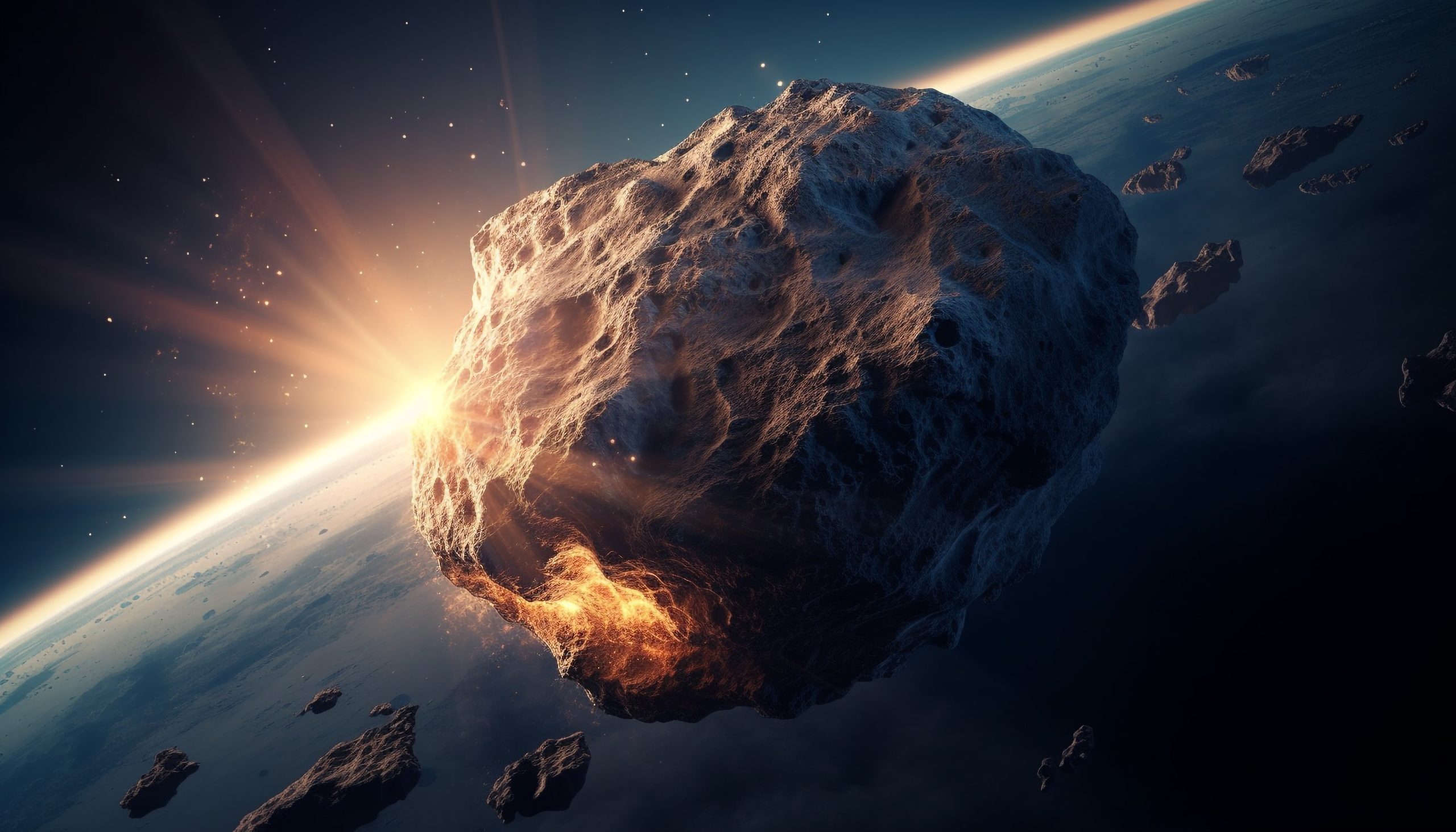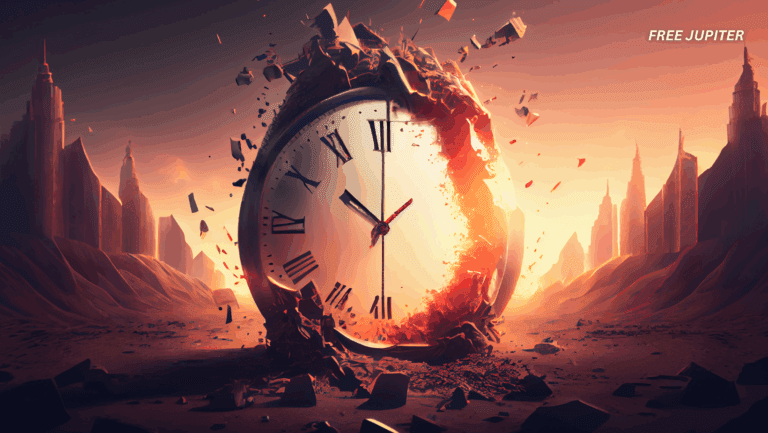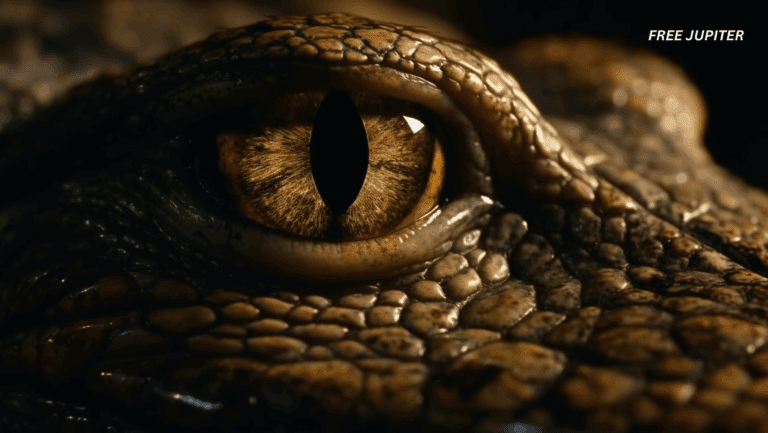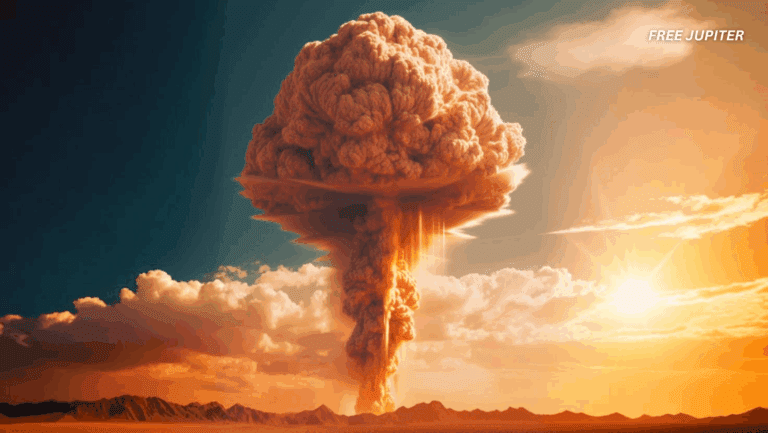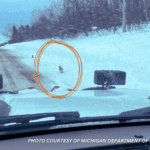Not too long ago, news outlets buzzed about an asteroid on a potential collision course with Earth—a cosmic spectacle that promised to transform our cities into rubble and our skies into a chaotic display of fire and debris. While the threat wasn’t deemed catastrophic enough to trigger an extinction event, the possibility of a major city being decimated was enough to captivate our collective imagination. However, as is often the case with space news, fresh data from NASA has thrown us a lifeline, downgrading our impending doom from a near-certain blockbuster disaster to a fleeting cosmic close call.
The Shifting Odds: From Doom to Diminished Danger
When asteroid 2024 YR4 first burst onto the scene, early estimates were far from reassuring. Initial calculations suggested that the odds of this wandering space rock colliding with Earth were climbing steadily—at one point, a concerning 3.1 percent chance had been bandied about. For a brief moment, the idea of a high-speed, city-shattering impact sent ripples of anxiety through scientific circles and the public alike. The very thought of witnessing an event of such magnitude, albeit morbidly fascinating, stirred up a mix of dread and a strange kind of morbid anticipation.
Yet, as further observations were made and more sophisticated tracking methods were employed, the picture began to change. NASA’s latest figures have dramatically reduced the collision probability to a mere 0.28 percent. On the Torino scale—a standardized system that assesses the impact hazard of near-Earth objects—2024 YR4 has been downgraded to Level I. This classification signals that the asteroid is simply one of many routine discoveries and does not pose any unusual danger to life on our planet.
The Tools That Keep an Eye on the Sky
Behind these reassuring statistics lies a robust network of observatories and detection systems dedicated to safeguarding our planet. The Asteroid Terrestrial-impact Last Alert System (ATLAS), for example, is one of the key players in our cosmic watchtower network. Designed to scan the skies for objects that might threaten Earth, ATLAS has been instrumental in identifying and tracking potential hazards like 2024 YR4.
Alongside ATLAS, NASA’s Planetary Defense Coordination Office brings together experts, sophisticated technology, and international partnerships to monitor near-Earth objects. Using an array of telescopes, radar systems, and space-based sensors, these agencies continuously refine their measurements and predictions. This ongoing process means that as our observational capabilities improve, so too does our understanding of these objects’ trajectories, enabling scientists to issue updated risk assessments with ever-increasing accuracy.
Historical Encounters: Learning from the Past
The concern over 2024 YR4 is not an isolated phenomenon. Humanity’s fascination—and occasional terror—of celestial impacts dates back centuries. One of the most notable modern incidents occurred in 2013, when the Chelyabinsk meteor exploded over Russia. This event, which injured over a thousand people primarily due to shattered glass from the shockwave, served as a stark reminder that even relatively small space rocks can have significant effects when they enter our atmosphere.
Going further back, the Tunguska event of 1908 in Siberia is believed to have been caused by the airburst of a meteoroid or comet fragment. Although no impact crater was formed, the explosion flattened an estimated 80 million trees over an area of more than 2,000 square kilometers. These historical episodes have not only heightened our awareness of near-Earth objects but also spurred the development of more rigorous planetary defense strategies.
The Torino Scale: Understanding Impact Risk
Central to communicating the threat posed by near-Earth objects is the Torino scale. This scale ranges from 0 to 10 and offers a qualitative measure of an object’s potential hazard. A Level 0 indicates that an object poses no risk, while levels 1 through 10 denote increasing degrees of concern. With 2024 YR4 now classified as a Level I object, it falls into the category of routine discoveries that warrant monitoring but do not signal any imminent danger.
This downgrading of risk not only alleviates public anxiety but also underscores the precision with which modern astronomy can predict celestial mechanics. By continuously tracking the movement of asteroids and other space debris, scientists can narrow down potential impact windows and offer reassurance when the odds of collision diminish.
Planetary Defense: Strategies for a Safe Future
While the latest data on 2024 YR4 is a cause for relief, the discussion around planetary defense remains as crucial as ever. The scientific community has been exploring various strategies to mitigate potential asteroid impacts. One of the most promising techniques involves the use of kinetic impactors—a concept where a spacecraft is deliberately crashed into an asteroid to alter its trajectory. NASA’s DART (Double Asteroid Redirection Test) mission, for instance, is a groundbreaking initiative aimed at testing this very approach. By targeting a small moonlet of the asteroid Didymos, DART seeks to demonstrate that humanity can, in principle, deflect a wayward celestial object if the need ever arises.
Other ideas, though still largely theoretical, include the use of gravitational tractors—spacecraft that would hover near an asteroid and gently tug it off course using their own gravitational pull—or even nuclear detonations designed to vaporize a portion of the asteroid’s surface, thereby changing its momentum. Each of these strategies comes with its own set of technical challenges and ethical considerations, but the ongoing research represents a proactive effort to safeguard our planet against the unpredictable whims of the cosmos.
A Universe of Possibilities: Beyond 2024 YR4
In a broader context, the saga of 2024 YR4 serves as a reminder of the dynamic and ever-changing nature of our universe. The celestial bodies that traverse our skies are not static relics; they are active participants in the cosmic dance that has shaped the evolution of our solar system. While 2024 YR4 may now be deemed a minor hazard, it joins a long list of near-Earth objects that continue to fascinate scientists and the public alike.
This cosmic interplay also fuels our cultural and artistic imagination. From blockbuster movies to bestselling novels, the concept of an asteroid impact has been a perennial source of inspiration and anxiety. Hollywood’s depiction of asteroid collisions—complete with dramatic government interventions, heroic space missions, and the inexorable march toward apocalyptic destiny—has contributed to a collective narrative that is as much about human resilience as it is about existential dread. In many ways, the renewed focus on planetary defense is a modern echo of those fictional accounts, merging scientific inquiry with a dash of the cinematic flair that has captured our hearts and minds for decades.
The Human Element: Between Fear and Fascination
There’s an odd comfort in knowing that, despite the ever-present risks that our universe holds, we are not entirely at the mercy of cosmic forces. The story of 2024 YR4, with its oscillating probabilities and dramatic revisions, is a case in point. For a moment, the prospect of a cataclysmic impact stirred up a bizarre blend of anxiety and anticipation. We imagined the scenarios—government agencies scrambling to devise last-minute deflection strategies, the world uniting in a common cause, and the inevitable debates about our preparedness for the unknown.
Yet, as the numbers shifted and the threat level dropped, a collective sigh of relief was palpable among those who had briefly entertained the doomsday narrative. It’s almost as if the universe itself decided to pull the proverbial rug out from under our darker imaginings, reminding us that while the cosmos is vast and unpredictable, it also possesses a sense of balance that defies our expectations.
Looking Forward: Vigilance and Discovery in the Cosmic Arena
Even as we celebrate this reprieve from one potential disaster, the work of monitoring the heavens is far from over. Astronomers and space agencies continue to scan the skies, identifying and tracking thousands of near-Earth objects with ever-increasing precision. Each discovery not only enhances our understanding of the solar system but also serves as a reminder of the fragile nature of our existence.
In parallel with these scientific endeavors, the conversation around space exploration and extraterrestrial life continues to captivate our imagination. The same telescopes that track asteroids also peer deep into the cosmos, searching for signs of habitable planets and, perhaps, even life beyond Earth. This dual pursuit—protecting our planet while reaching out to understand the wider universe—illustrates the complex relationship we share with the cosmos. It is a blend of caution and curiosity, where the potential for danger coexists with the promise of discovery.
In Conclusion: A Cosmic Dance of Chance and Destiny
Asteroid 2024 YR4 may have once been painted as a harbinger of doom, a celestial bullet on a collision course with Earth. Today, thanks to refined calculations and vigilant observation, that narrative has been rewritten. What initially seemed like an imminent threat has been reclassified as a routine space rock—a reminder that while our universe is full of surprises, not every twist in the cosmic tale spells disaster.
This recalibration of risk is emblematic of the broader progress in our understanding of near-Earth objects and planetary defense. It highlights the importance of continuous observation, advanced technology, and international cooperation in facing the challenges posed by our dynamic cosmic environment. And while the prospect of a dramatic asteroid impact may have lost some of its immediate appeal, the ongoing quest to understand and protect our planet remains as vital as ever.
In the end, the saga of 2024 YR4 is not just about an asteroid; it’s a story about the delicate interplay between fear and fascination, science and storytelling, destiny and chance. As we continue to explore the mysteries of the universe, we can take solace in the fact that we are not powerless in the face of cosmic uncertainty. With each new discovery and every refined measurement, we inch closer to a future where the threat of a celestial collision is met with preparedness, innovation, and a healthy dose of human ingenuity.
So, while we might momentarily miss out on the adrenaline rush of a blockbuster doomsday scenario, we can rest easier knowing that for now, our blue planet remains secure—watchful eyes in the sky ensuring that the next cosmic twist, whenever it may come, will be met with the full force of human determination and scientific progress.
Citations
- NASA. Asteroid Impact Risk Assessment. https://www.nasa.gov/
- Torino Scale. Information on near-Earth object hazards. https://en.wikipedia.org/wiki/Torino_scale
- ATLAS (Asteroid Terrestrial-impact Last Alert System). https://www.atlas-observatory.org/
- VICE. Videos and reports on space events and asteroid risks. Retrieved from https://www.vice.com/
- NASA Planetary Defense Coordination Office. https://www.nasa.gov/planetarydefense

